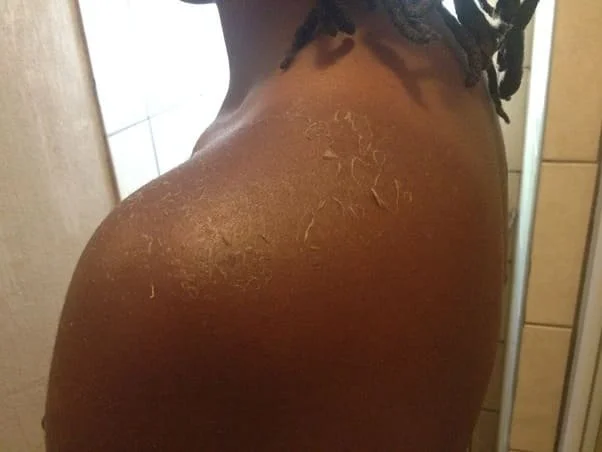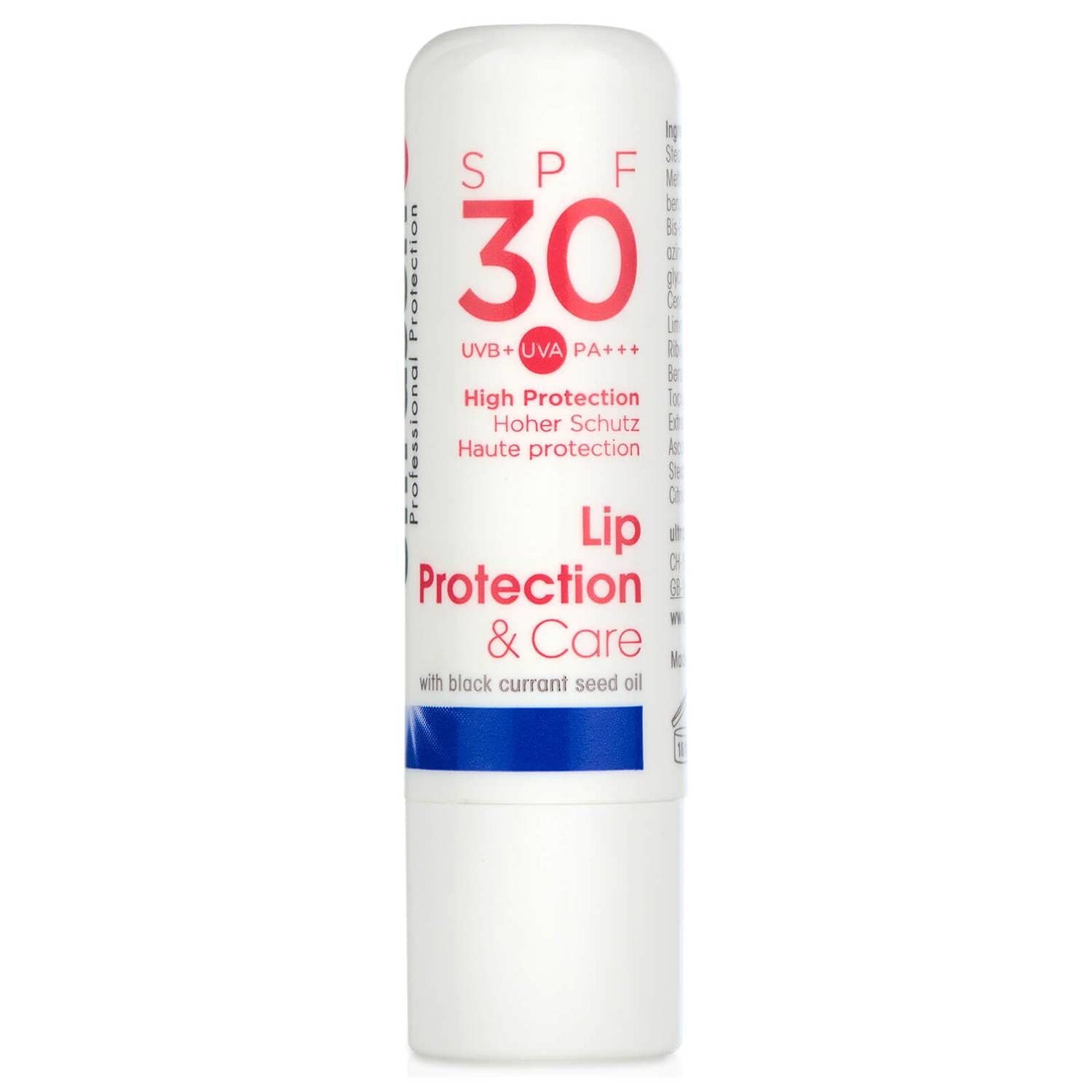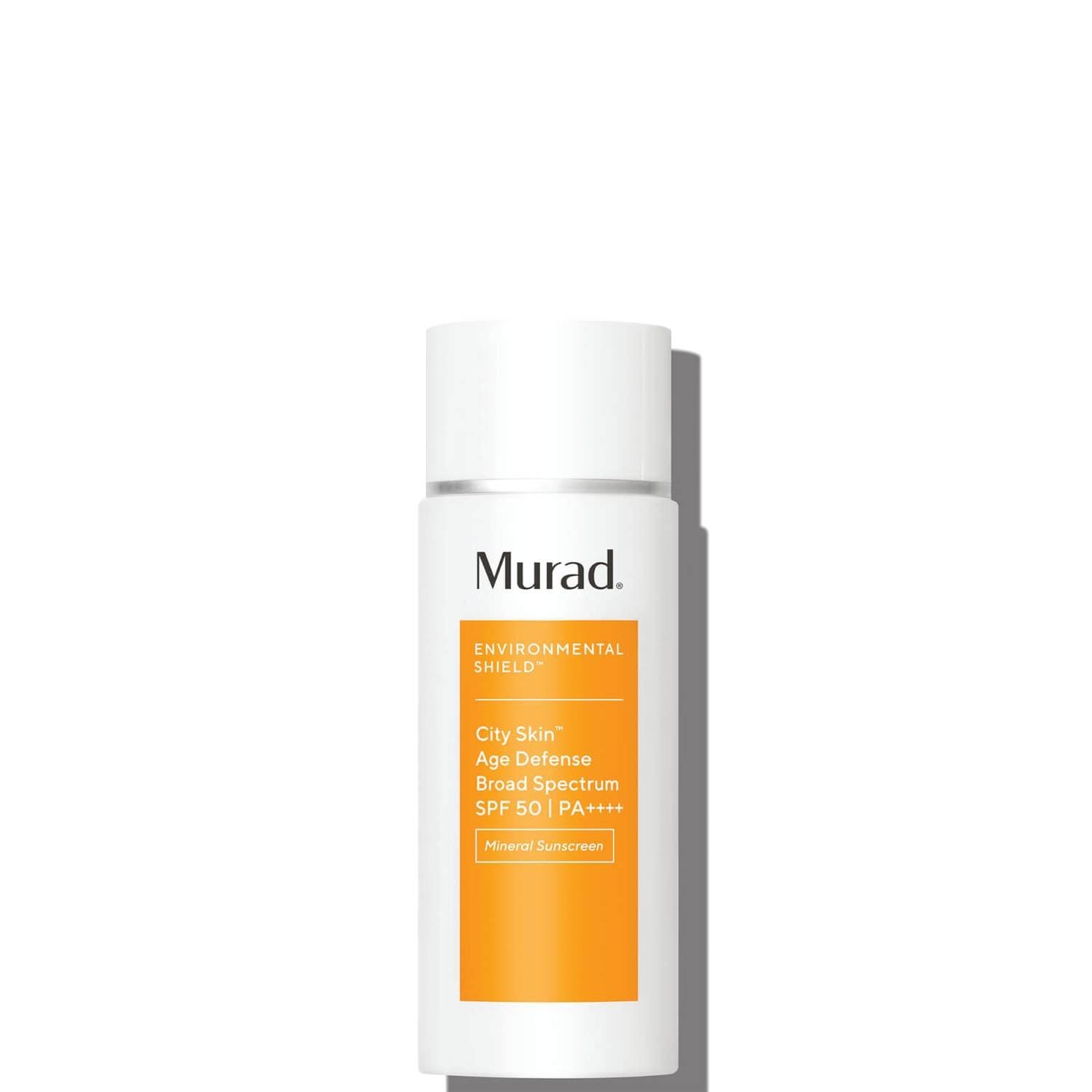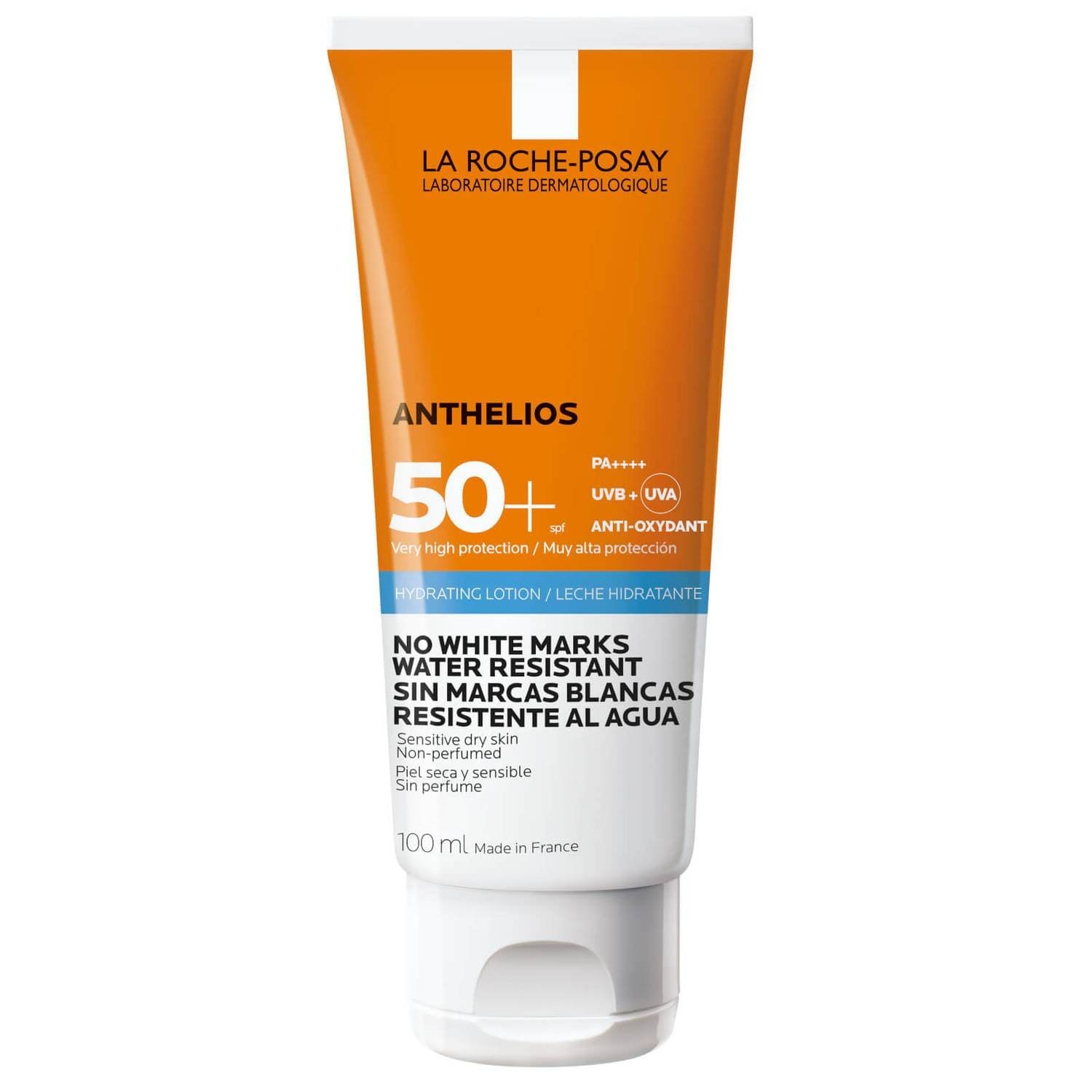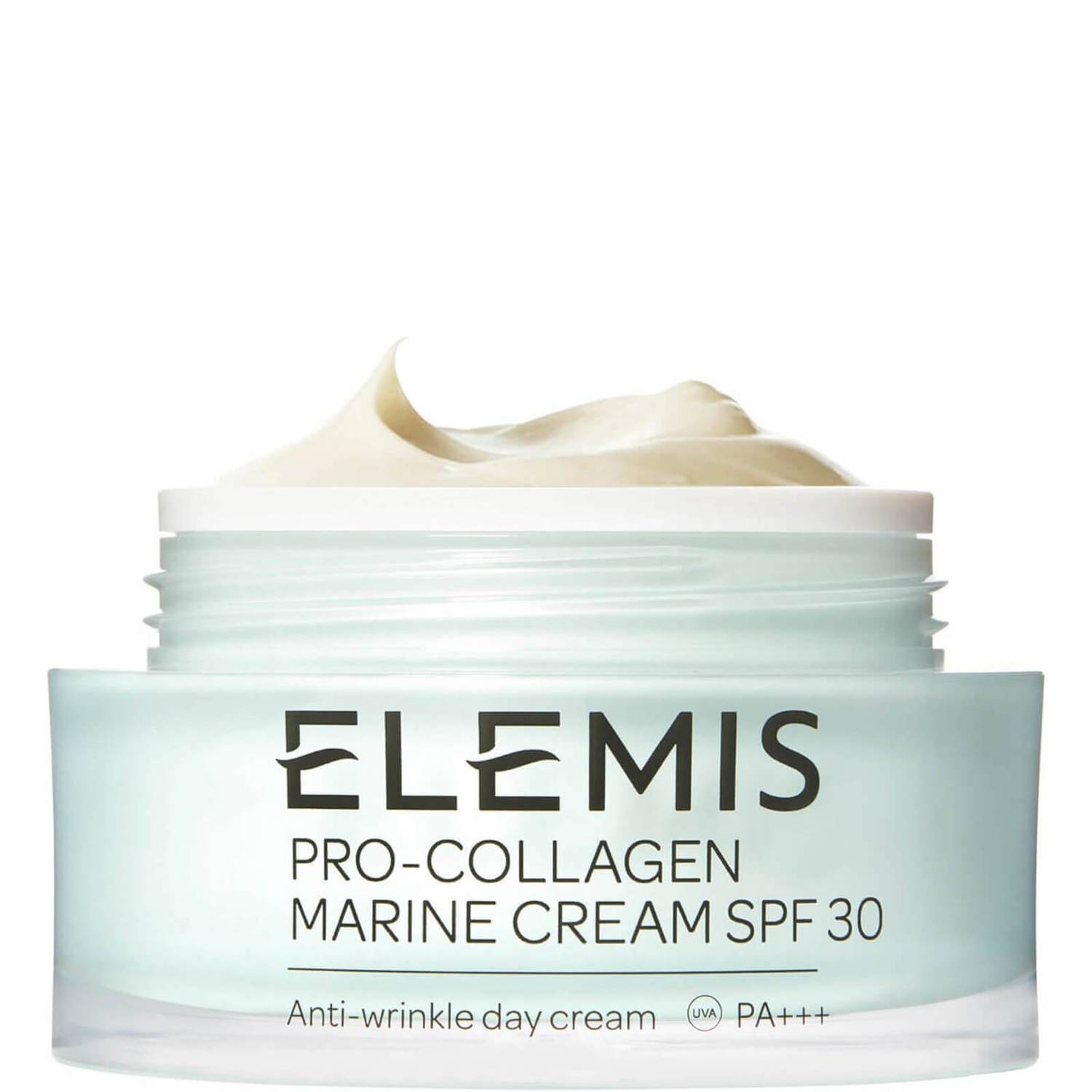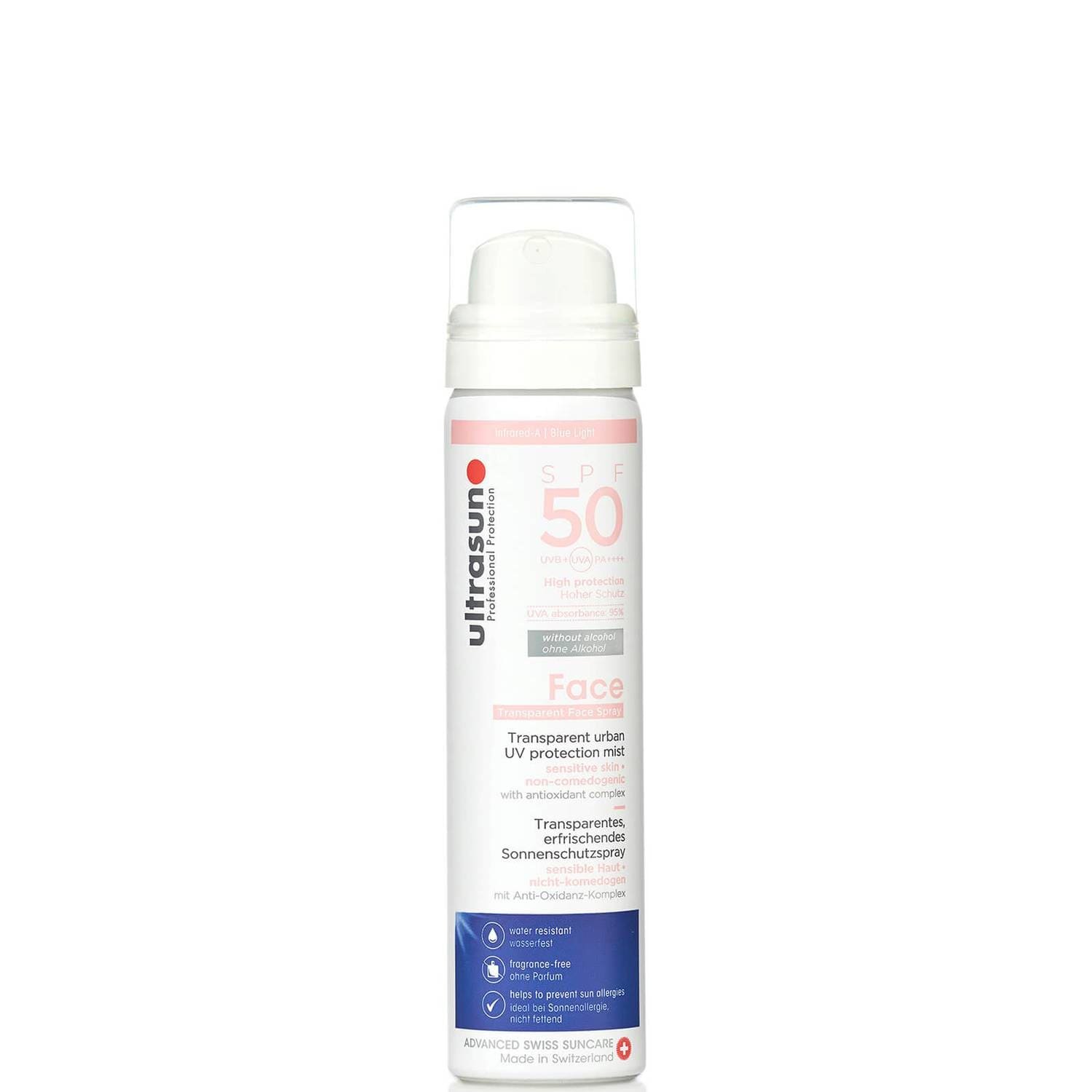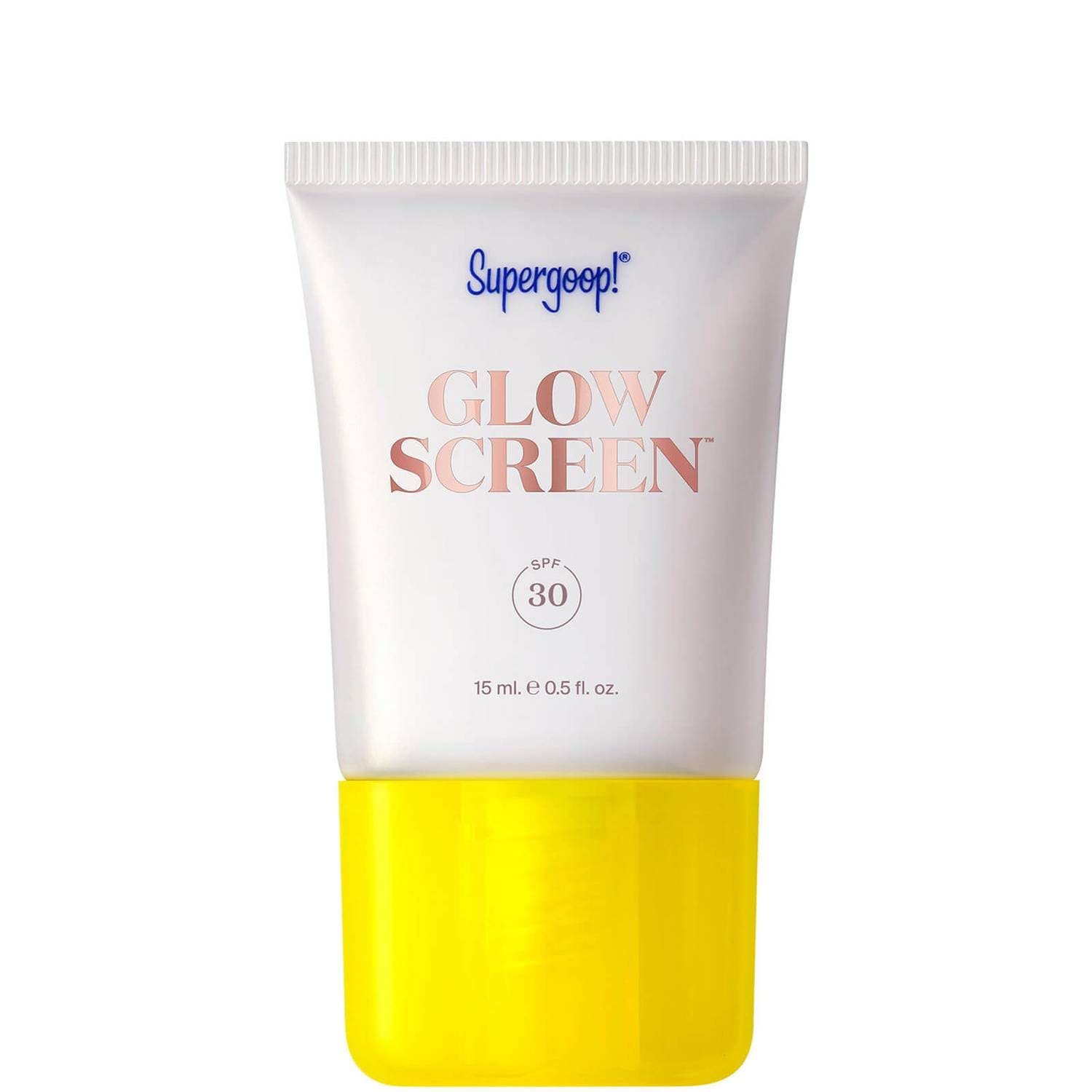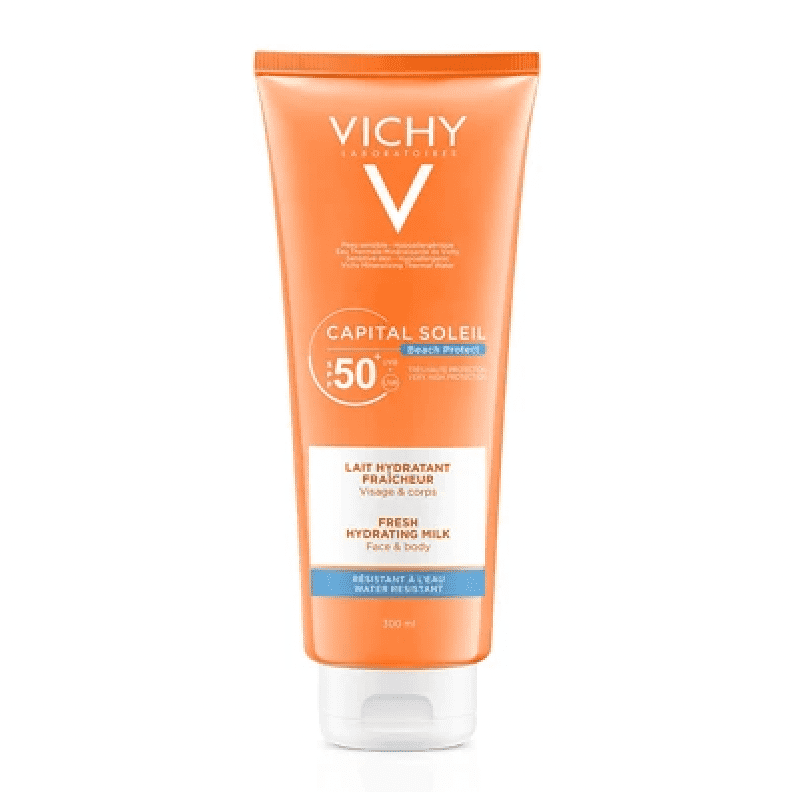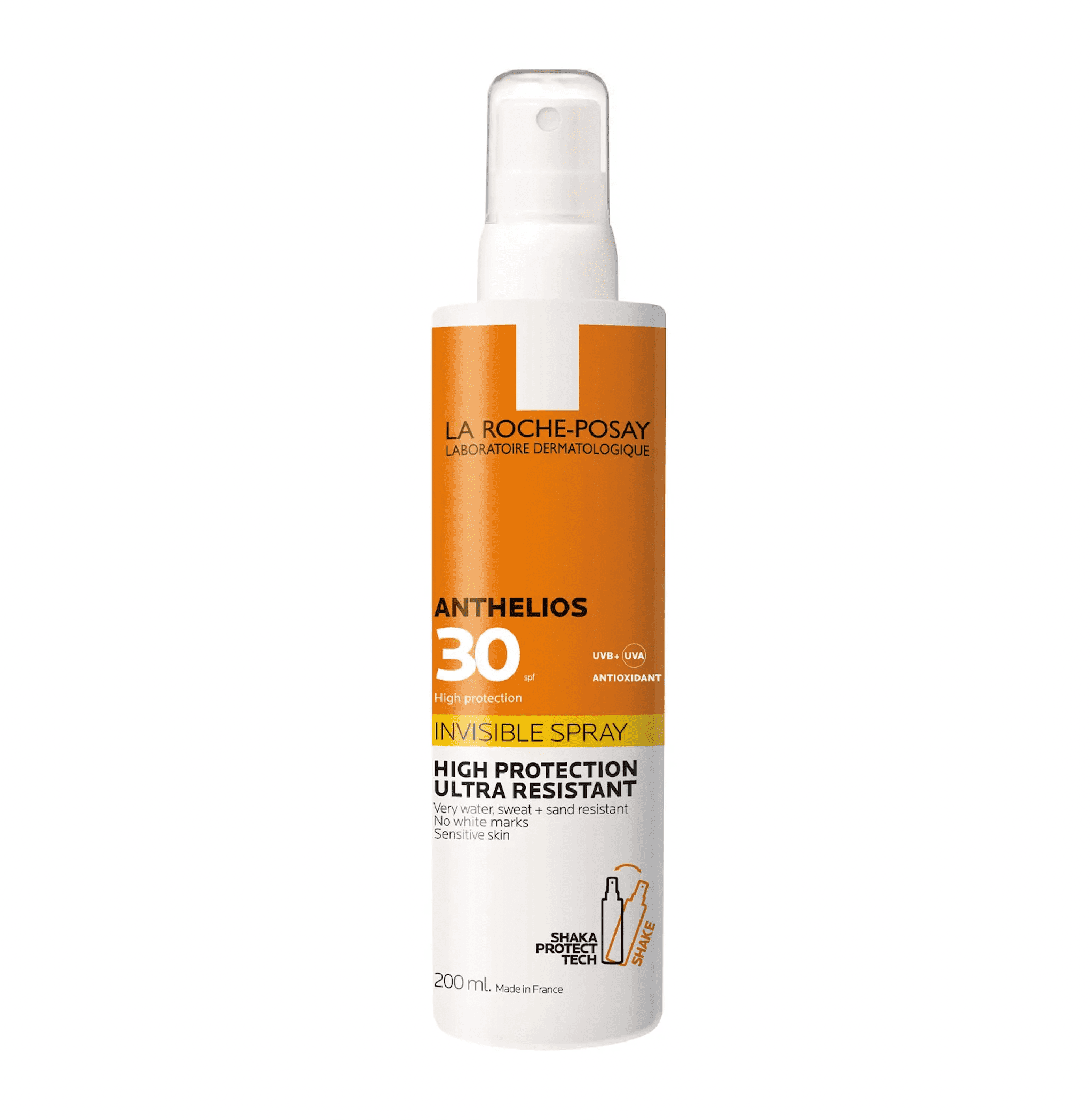Sunburn and Sun Damage on Skin of Colour
Believe it or not, black skin does experience sunburn and sun damage.
It’s happening, the temperature’s rising as we step into summer. Or maybe you’ve booked your next hot getaway. Either way, it’s important that we remind ourselves the way that sun exposure can affect black skin. Because, contrary to popular belief black skin does experience sun damage and sunburn– It can even occur on a cloudy day. Yes, really. So, here we delve into the ins and outs of sun burn and sun damage, how they occurs on black skin, what they look like and how to prevent both taking hold.
HOW DOES SUN DAMAGE OCCUR ON BLACK SKIN?
UVA and UVB rays create inflammation in the skin, which results in changes to skin cells and melanin pigmentation in the skin. During prolonged sun exposure the top most layer of the epidermis thickens as the sun triggers increased replication of skin cells as well as an increase in the production of melanin.
In general terms this is what is typically referred to as a tan but it’s actually the immense DNA damage from sun exposure resulting in the increased darkening of existing pigmentation and/or the formation of pigmentation in new areas which gives the skin an uneven, patchy appearance.
WHAT DOES SUNBURN LOOK LIKE ON BLACK SKIN?
Darker skin tones will go darker and the area of sun burn will feel hot and painful. Your skin may appear dry and cracked. This can range from mild to severe. In the latter cases, you could also experience swelling and after a few days you will start to experience peeling and blisters as your body tries to get rid of the damaged cells. It’s also possible to experience flu-like symptoms to fever, chills, headaches and feeling lethargic.
CAN YOU HEAL SUNBURN?
Luckily, yes you can but remember that prevention is always better than cure. To heal sun burn, apply the following steps.
Apply a cold compress using a flannel soaked in cold water or take a cold shower to provide soothing relief.
Hydrate with a cooling moisturising cream or gel, like Ultrasun’s After Sun fluid, to prevent the skin from drying out. Top up your moisturiser every few hours so your skin remains hydrated and comfortable.
Do not use an oil product on your skin as this will form a seal and trap heat underneath, prolonging the sunburn.
Top up your fluid intake to prevent dehydration. Your body will divert hydration from other organs to your skin to speed up healing. So, help it out by drinking lots of water and other hydrating fluids like fresh coconut water.
You can reduce inflammation by taking pain relief medicine. Ibuprofen does the job well here.
Wear loose clothing to avoid further irritating the area.
Stay out of the sun until your skin has fully healed.
If the blisters are very large and oozing fluid you should see a doctor or pharmacist for advice.
WHAT DOES SUN DAMAGE LOOK LIKE ON BLACK SKIN?
As we enjoy sunnier days, it’s important to be able to identify the signs of sun damage and better yet, take sensible preventative measures. Physical manifestations of sun damage can result in the development and/or exacerbation of numerous conditions that are found in skin of colour.
MELASMA
Melasma is a form of diffused hyperpigmentation that occurs as a symmetrical over production of melanin and is usually visible over the face - cheeks, forehead, upper lip, nose and chin. Melasma appears as tan-brown patches, which gradually grow over time.
POST-INFLAMMATORY HYPERPIGMENTATION
Post-inflammatory hyperpigmentation (PIH) is an equally common pigmentation disorder that affects most skin types but it occurs more frequently in skin of colour. PIH develops after the skin experiences an injury or inflammation of any type including sun damage.
SOLAR LENTIGINES
Solar lentigines are usually referred to as dark spots, age or liver spots. They are small, superficial pale to dark brown patches of hyperpigmentation and occur on exposed parts of the body – most commonly on the hands, face and décolletage. They vary in size and number and tend to increase with age.
DERMATOSIS PAPULOSA NIGRA (DPN)
Dermatosis papulosa nigra (DPN) is a chronic skin condition characterized by small, benign, hyperpigmented lesions on the cheeks, forehead, neck, upper back, and chest. They are smooth, firm and black or dark-brown in colour. The lesions often increase with age and are common in women with black skin.
POIKILODERMA OF CIVATTE
This skin condition appears as brownish patches seen mainly on the sides of the neck, upper chest and sides of cheeks. It is common in women of colour, especially those who are fair-skinned and sun exposure is one of the predisposing factors amongst hormonal changes, genetics and sensitizing cosmetic ingredients like perfume.
COLLAGEN DEPLETION & SOLAR ELASTOSIS
Collagen depletion is an important factor in skin ageing. Although skin of colour and black skin especially has a thicker dermis and more collagen, it is not exempt from photo-ageing, we’re afraid– yes, black does crack especially thanks to sun exposure. Over time, UV rays stimulate a reaction that results in the depletion of collagen, the shutdown of new collagen production and accumulation of ineffective elastin. The accumulation of this non-functional elastin is known as solar elastosis and where skin is dry and wrinkled with a loss of tone and uneven pigmentation.
HOW CAN SUN DAMAGE BE TREATED?
Firstly, prevention is always best. Using a broad-spectrum UVA/UVB sunscreen with a minimum SPF 30 is extremely important. Additionally wearing brimmed hats, appropriate clothing and using an umbrella provide additional effective protection.
Secondly, there are extremely sophisticated first line treatments including the use of topical ingredients such as hydroquinone, mequinol (both requiring medical prescription and supervision) liquorice extract, kojic acid, azelaic acid, arbutin, retinoids, ascorbic acid (vitamin C), niacinamide and n-acetylglucosamine,. Chemical peels; laser and dermabrasion also remain popular options amongst the Black Skin Directory professional community.
SUNSCREENS RECOMMENDED BY US - NO WHITECAST GUARANTEED!
This post features several affiliate links, meaning Black Skin Directory will earn a small commission if you purchase through these links. For further information, see our Terms & Conditions.
This post features several affiliate links, meaning Black Skin Directory will earn a small commission if you purchase through these links. For further information, see our Terms & Conditions.


